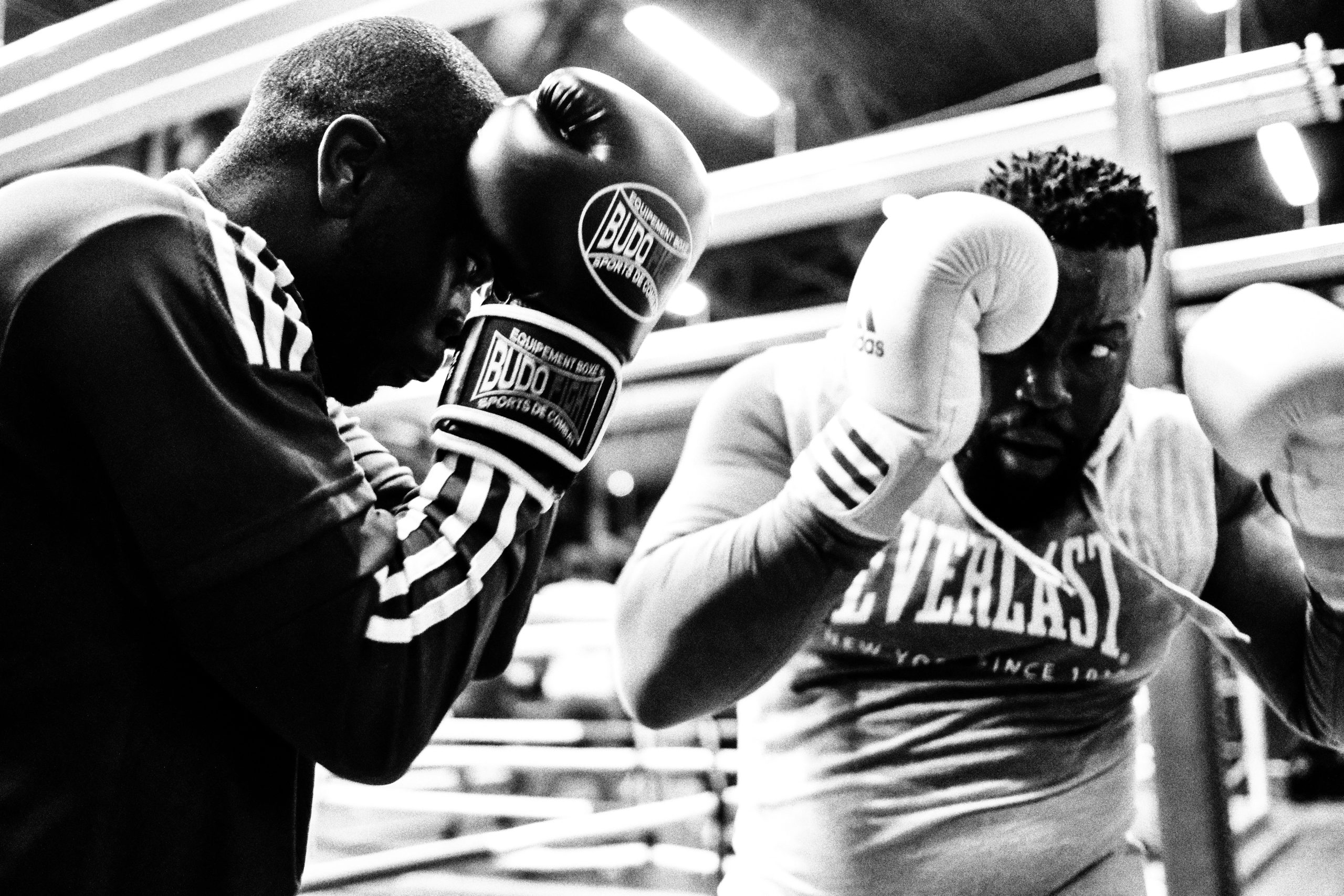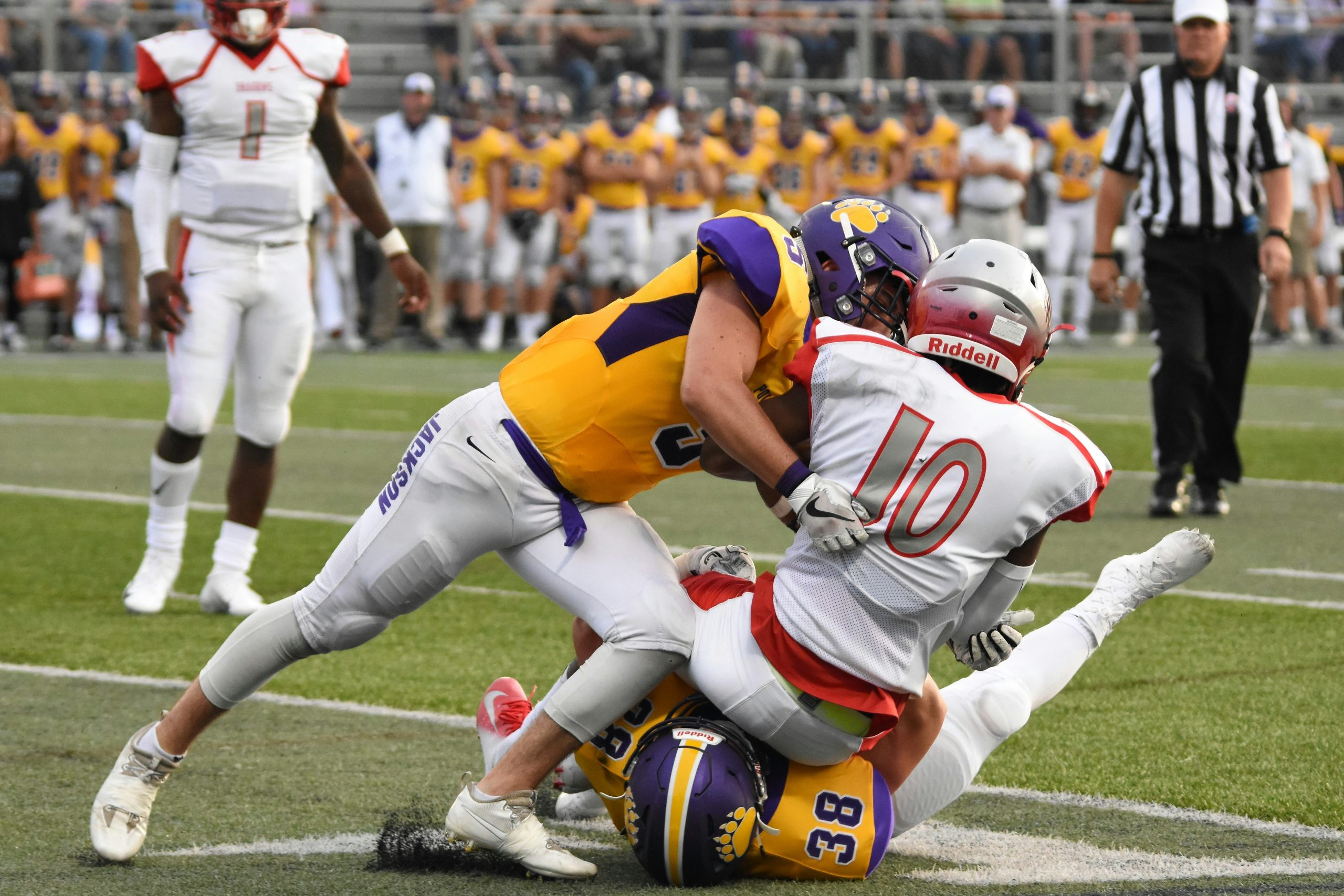
Advancements in Sports Injury Treatment
Sports injury treatment has seen remarkable advancements over the past few decades, revolutionizing how athletes recover from injuries and enhancing their chances of returning to peak performance levels. These advancements encompass various medical technologies, rehabilitation techniques, and innovative approaches that have significantly improved both the speed and effectiveness of recovery processes.
Key Advancements
1. Minimally Invasive Surgery
One of the most significant advancements in sports injury treatment is the development of minimally invasive surgery techniques. These procedures involve smaller incisions and specialized tools, which reduce trauma to the body and accelerate recovery times compared to traditional open surgeries. For example, arthroscopic surgery is commonly used to repair torn ligaments and cartilage in joints like the knee and shoulder.
2. Regenerative Medicine
Regenerative medicine holds promise for repairing damaged tissues and accelerating healing processes. Techniques such as platelet-rich plasma (PRP) therapy and stem cell treatments are increasingly used to stimulate tissue repair and regeneration in conditions like tendon injuries and muscle tears. These approaches harness the bodys natural healing abilities to expedite recovery.
3. Advanced Imaging Technologies
Diagnostic imaging technologies have vastly improved, allowing for more accurate and timely diagnosis of sports injuries. Magnetic Resonance Imaging (MRI), for instance, provides detailed images of soft tissues like muscles and ligaments, aiding in the precise identification of injuries and guiding treatment plans.
4. Personalized Rehabilitation Programs
Rehabilitation programs have become increasingly personalized, taking into account individual athlete characteristics, injury types, and specific sport demands. Advanced techniques such as proprioceptive training, neuromuscular re-education, and functional movement assessments help athletes regain strength, flexibility, and coordination essential for their sport.
Case Studies
Case Study 1: ACL Reconstruction
A 28-year-old soccer player suffered a complete tear of the anterior cruciate ligament (ACL) during a match. Traditionally, ACL injuries required extensive rehabilitation and had a high risk of re-injury. However, with advancements in arthroscopic techniques and graft materials, the athlete underwent minimally invasive ACL reconstruction surgery using a hamstring tendon autograft. Post-surgery, the athlete followed a structured rehabilitation program that included early mobilization and progressive strength training. Within nine months, the athlete returned to competitive play with restored knee stability and function.
Case Study 2: Tennis Elbow Treatment
A 35-year-old tennis player developed chronic lateral epicondylitis, commonly known as tennis elbow, due to repetitive strain on the forearm muscles. Instead of traditional corticosteroid injections, which provide short-term relief but may weaken tendons over time, the athlete opted for PRP therapy. PRP injections were administered directly into the affected tendon, promoting healing and reducing inflammation. Combined with a modified training regimen and ergonomic adjustments, the athlete experienced significant pain relief and functional improvement within six weeks, allowing for a return to regular training and competition.
Future Directions
The future of sports injury treatment looks promising with ongoing research into biologics, wearable technologies for real-time monitoring of biomechanics and injury risk, and advancements in robotic-assisted surgeries. These innovations aim to further optimize recovery times, reduce the risk of complications, and enhance overall athletic performance.
In conclusion, advancements in sports injury treatment have transformed the landscape of sports medicine, offering athletes more effective and personalized care than ever before. From minimally invasive surgeries to regenerative therapies and personalized rehabilitation programs, these innovations continue to push the boundaries of what is possible in sports injury recovery.



